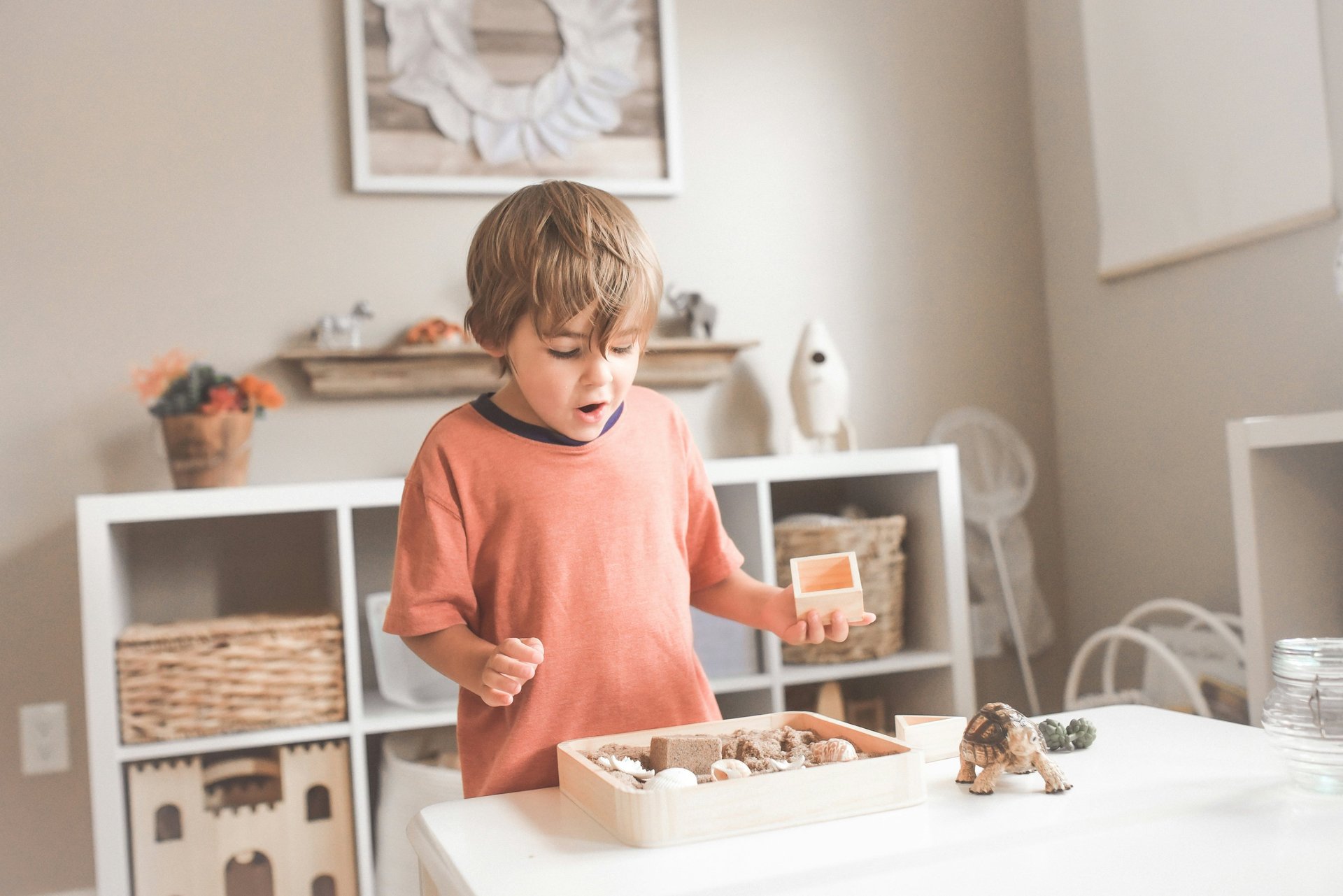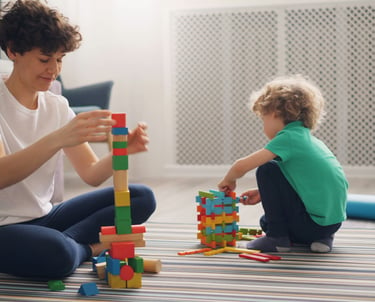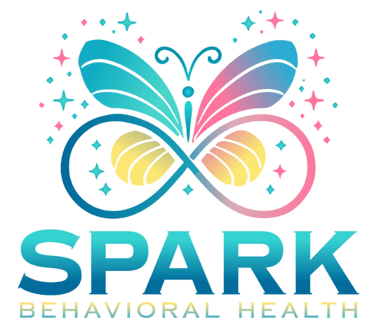
A Day in the Life of a Child Receiving ABA Services
Discover a child’s journey with Applied Behavior Analysis, where daily activities foster learning, independence, and positive behavior.
KIDS THERAPY
Timnit Yikealo
Discover a child’s journey with Applied Behavior Analysis, where daily activities foster learning, independence, and positive behavior.


Each child is unique. Some children require additional support in order to learn and develop. Applied Behavior Analysis (ABA) is a therapy that assists children with learning and behavioral problems. It is most commonly used to support children with autism.
What Is ABA Therapy?
ABA services assist children in acquiring new skills. These skills may pertain to talking, playing, or behaving in a more positive manner. ABA therapy for kids is focused on reinforcing positive steps and alleviating the behaviors that make the child or family’s life more difficult.
Morning: Getting Ready for Therapy
Most children start their day with breakfast, followed by getting ready for the day. If a child helps with simple tasks like brushing their teeth or getting dressed, ABA therapy can involve teaching those skills.
Some children receive therapy at a clinic, at home, or even at school. As usual, a parent or caregiver packs a small bag with toys, snacks, and other items that the child may need.
Arriving at the Therapy Center or Starting at Home
Once the child arrives, a smiley therapist welcomes them. The child may begin with a short greeting and some small talk. This helps build trust and makes the child feel safe.
After the greeting, the therapist may ask some questions or try to gauge how the child is feeling that day. Some children use pictures or tools to express their emotions.
Structured Activities Begin
Therapy begins with structured and planned activities. These short and fun activities ensure the child does not feel bored or tired. A simple task may include:
Matching colors
Pointing to body parts
Naming animals
Making eye contact
As part of the therapy session, if the child completes the task correctly, they receive some form of reward such as a high five, a sticker, or a favored toy.
This reward system is called positive reinforcement. It encourages children to feel proud and repeat the behavior.
Break Time
After 20-30 minutes of work, children can take a short break. During this time, they can:
- Play with a toy.
- Eat a snack.
- Stretch or take a short walk.
Breaks are essential for sustaining a child’s calm and prepared state for additional learning.
Practicing Life Skills
The next portion may focus on teaching skills needed in everyday life, including:
- Washing hands.
- Asking for help.
- Waiting for their turn.
- Using polite terms: “please” and “thank you.”
Mastering these life skills enhances a child’s confidence and independence.
Group Play (If in a Group Setting)
Children sometimes work in small groups. During group time, children learn to:
- Share toys.
- Play games.
- Engage in conversations.
- Follow basic rules.
Therapists observe and provide support as necessary.
End of Session: Review and Parent Talk
The therapist first discusses what went well with the child and shares a report with the parents. This enables the parents to track the child’s progress.
Therapists can also share strategies to be implemented at home. In this case, if the child is taught to request for water, parents are encouraged to wait for the child to say “water” first.
Afternoons or Evenings: Continued Learning at Home
If the child had ABA therapy in the morning, the rest of the day is spent at home or at school. Learning, however, is not paused. Parents and guardians work towards the same goals using the same strategies in order to help the child to learn. This makes therapy more effective.
Why is ABA Therapy Beneficial to Children
- It divides large tasks into manageable smaller steps.
- It utilizes incentive programs to increase good behavior.
- It assists in promoting self-reliance.
- It teaches both behavior and communication.
- It aids families with simple supportive resources.
What Parents Can Anticipate Progressively
Like with many things in life, ABA therapy is not a one-day fix. It requires time and a great deal of patience. However, with consistent sessions, many children:
- Articulate words more clearly.
- Follow directions with more accuracy.
- Experience reduced anger and frustration.
- Engage in and enjoy play more easily and interact more seamlessly.
Our aim is to help all children achieve their highest levels of personal happiness and success in life.
Frequently Asked Questions
1. What age is best to start ABA therapy?
Children can be enrolled into ABA therapy as young as 2 years old. Early intervention often makes a big positive difference.
2. How Long is One Session of ABA Therapy?
It is based on a child’s individual needs. Each session can last from 1-3 hours. In some cases, children can have multiple sessions in a single day.
3. Is ABA Therapy Only For Autism?
No, it is not. Although autism is the most common use case, ABA therapy can assist any child who faces behavioral or learning challenges.
4. Will My Child Always Need ABA?
Not necessarily. Most children tend to show good progress after some time and undergo fewer sessions. Some may even stop entirely after achieving their milestones.
5. How Do I Know If ABA is Working?
You will be able to observe gradual improvement. For example, the child may start speaking, crying, and listening better. Through consistent progress monitoring, therapists are able to demonstrate the results.
Conclusion
A day in the life of a child receiving ABA therapy is full of lessons, care, and enjoyable activities. Every child is unique, so the daily activities may vary based on the child's requirements. But the objective remains consistent, to assist the child in developing in a safe environment.
If you are considering these services, consult with a trained therapist first. This could be the first step toward a more promising future for your child.
Recent Posts
Receive the latest news in your email


